
views
Can you tell if a baby is male or female by their heartbeat?

It’s a nice legend, but a baby’s heartbeat is not enough to determine its sex. It’s popularly believed that in the womb, boys have a heart rate of 120-140 beats per minute, and girls have a heart rate of 140-160 beats per minute. In reality, a fetus’ heart rate ranges anywhere from 120-160 beats per minute and changes depending on what they’re doing. A baby’s heartbeat slows down when they’re asleep, and gets faster while they’re awake.
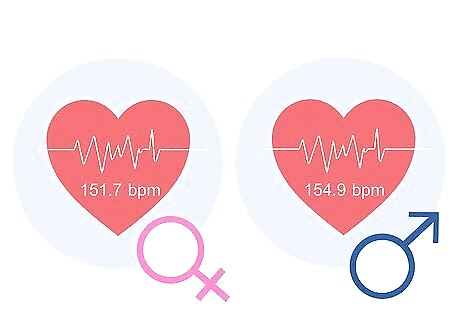
The fact is, male and female babies have identical heart rates. A study of a group of first-trimester babies calculated that the baby boys had an average heart rate of 154.9 beats per minute, and girls had an average heart rate of 151.7 bpm. But since both boys’ and girls’ heart rates could be anywhere within around 23 bpm of that rate, it’s impossible to determine the baby’s sex from only knowing their heart rate. To find out your baby’s heart rate, you can ask your doctor at your next check-up. Measuring your infant’s heart rate is generally one of the first things done at an appointment.
Old Wives' Tales to Predict the Sex of Your Baby

Some say that nausea during pregnancy means it’s a boy. But others insist it means you’re having a girl. This story in particular gets told both ways, and in truth, feeling nauseous or vomiting during pregnancy is normal no matter the sex of your baby. Some studies link hyperemesis gravidarum, or severe vomiting and nausea during pregnancy, with having a girl. Hyperemesis gravidarum goes beyond normal nausea and vomiting, and if you find yourself unable to stand up without feeling faint or dizzy, you should see a doctor as soon as possible.
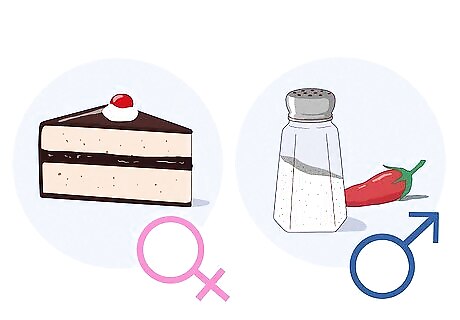
Girls cause you to crave sweets, and boys create cravings for salt and spice. While there’s no evidence that the kinds of cravings you have can predict the sex of your baby, there are some studies that show pregnant moms tend to eat more when they have boys instead of girls.
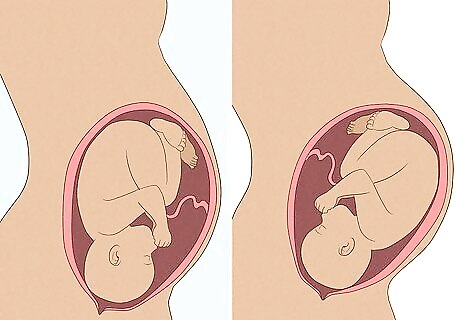
A forward-protruding baby bump means it’s a boy. The story also says that if the weight of the baby is more spread out throughout the abdomen, it means it’s a girl. In reality, the size and shape of the baby bump has more to do with the position of the fetus inside the womb, which doesn’t have any link to sex.
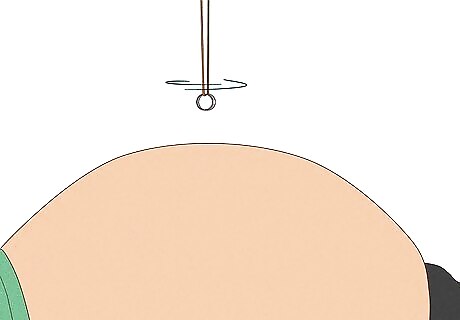
A ring hanging over your belly can predict the sex of your baby. This is a very old method for figuring out if you’re having a boy or a girl. Tie a piece of string to a normal jewelry ring. Then, lay down, and hold the string over your belly so that the ring is a couple of inches away from your stomach. If it moves side-to-side, it means you’re having a girl, and if it moves in a circle, it means it’s a boy. Unsurprisingly, there’s no scientific evidence for this method, but it can be fun. The movement of the ring has to do with the subtle motion of your hand, not the baby’s sex.

There’s no scientifically proven way to find out the sex of your baby outside of the doctor’s office. Although some mothers have a strong intuition about the sex of her baby, studies have shown that these guesses aren’t statistically significant enough to be more right than flipping a coin.
How to Determine the Sex of Your Baby

Feeling eager to find out the sex of your baby is normal. Some feelings of anxiety are also typical for expecting mothers and fathers, especially if you’d really hoping for the baby to be a certain gender. Keep in mind, however, that even though many parents are disappointed when their baby isn’t the sex they’d hoped for, over time these feelings will go away as you enjoy the special individual that your child is. If anxiety over your baby’s sex, or disappointment once you find out what your baby’s sex is, turns into something that affects your mental health, talk to a counselor. They can help you work through your feelings so that you can return to feeling excited about parenthood.
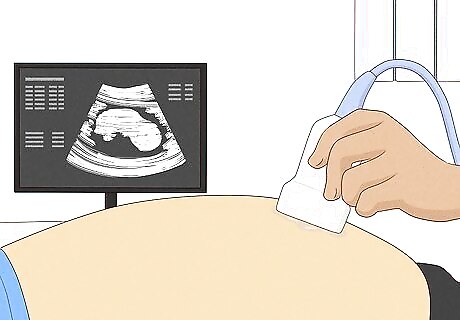
An ultrasound is your best bet to find out the sex of your baby. With advances in medical technology, the scans provided during an ultrasound are even more detailed than before, meaning that a doctor or technician can determine the sex of a baby with a very high degree of accuracy. A professional should be able to determine your baby’s sex anytime after the 18th-22nd week of pregnancy.
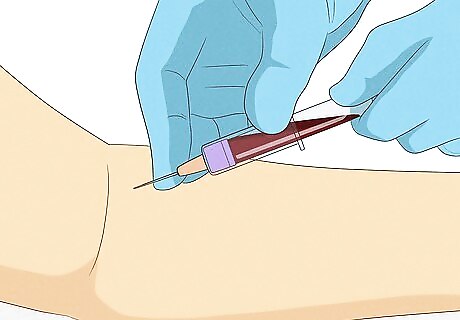
After the 7th week of pregnancy, an NIPT can determine your baby’s sex. NIPTs (Non-invasive prenatal testing) involve nothing more than a simple blood test, and are usually used to determine if a baby is at risk for serious genetic diseases. This kind of testing has a high degree of accuracy for determining sex, especially as the pregnancy progresses.
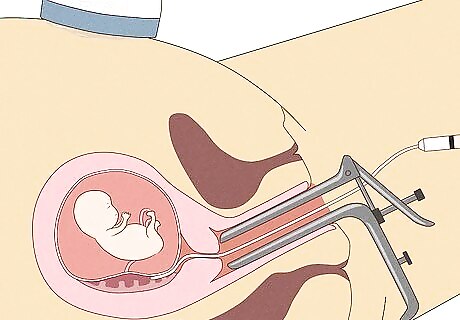
A CVS test predicts sex starting at 10 weeks. CVS testing (Chorionic Villus Sampling) is normally only performed for mothers who have a higher risk of having a child with serious health conditions at birth, such as Down syndrome or cystic fibrosis. While CVS testing is not painful, it does involve some discomfort, as a plastic tube is inserted into the cervix through the vagina.




















Comments
0 comment